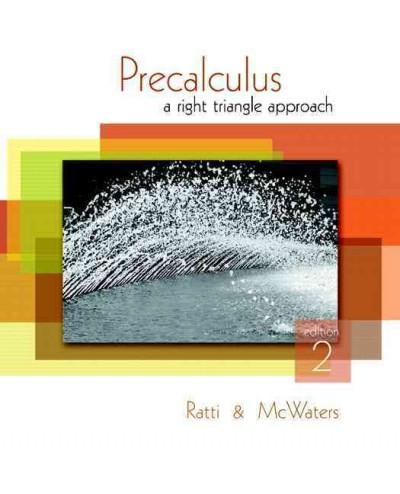Question
True or False 1. The p-value equals the probability that the null hypothesis is true. 2. P-values indicate how incompatible the data are with a
True or False
1. The p-value equals the probability that the null hypothesis is true.
2. P-values indicate how incompatible the data are with a specified statistical model. The lower the p-value, the less compatible the data are with the null hypothesis.
3. In the R output of a simple linear regression, the multiple $R^2$ equals $r^2$, the squared correlation coefficient between the response and the explanatory variable.
4. In order to use a categorical (factor) variable with $5$ levels as predictor in multiple linear regression, we need to include $4$ indicator (dummy) variables in the regression model.
5. A correlation of $0.2$ between two variables indicates stronger linear association than a correlation of $-0.6$.
6. The following plot suggests the equal error variance assumption may not be valid in a multiple linear regression.
```{r, echo=FALSE, fig.width=4, fig.height=2.55}set.seed(1)n = 150x = 5 * (runif(n))y = 1+2*x + x^2*rnorm(n)fit = lm(y ~ x)plot(fit$fitted.values, fit$residuals, xlab = 'Fitted Values', ylab = 'Residual')```
Step by Step Solution
There are 3 Steps involved in it
Step: 1

Get Instant Access to Expert-Tailored Solutions
See step-by-step solutions with expert insights and AI powered tools for academic success
Step: 2

Step: 3

Ace Your Homework with AI
Get the answers you need in no time with our AI-driven, step-by-step assistance
Get Started


